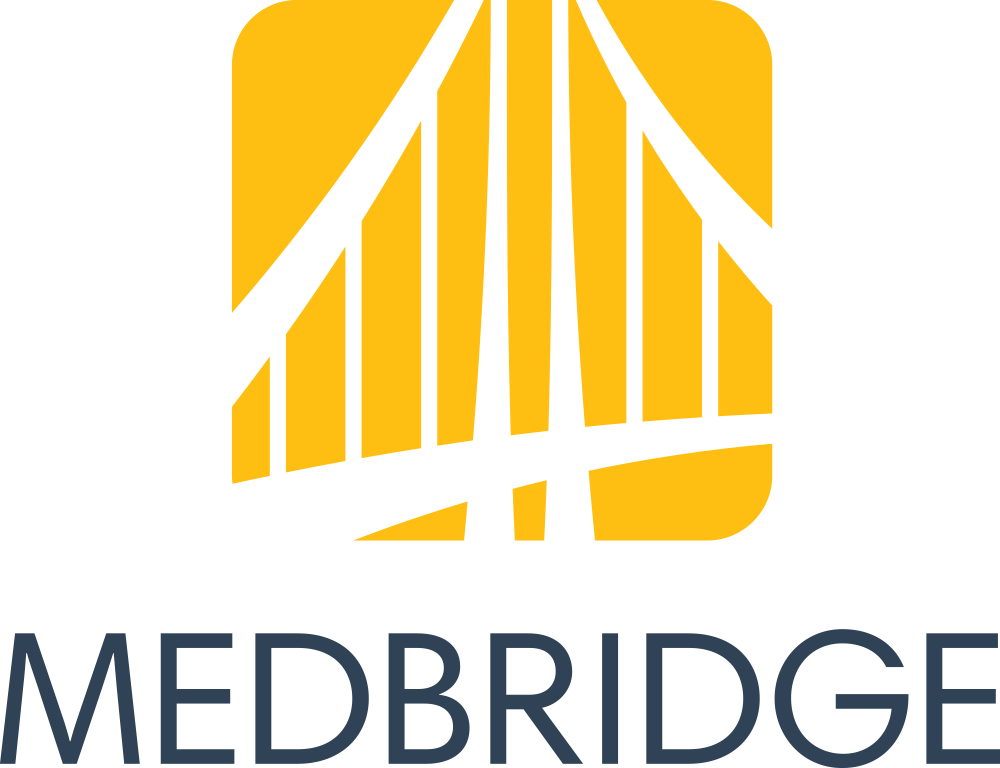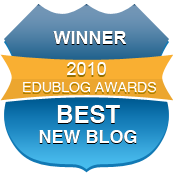This summer I became addicted to the New York Times' new Connections puzzle. I enjoyed each morning tackling this often-tricky categorization activity and comparing results (or sometimes providing or receiving hints) with my husband. I've always thought of categorization as one of the most important skills--it's how we organize information, and much expository text takes on a list structure--and our literature backs this up. Approaches like the EET also use Green-Group to target describing by category, among other attributes. We can be explicit with our students (see Ukrainetz' helpful RISE acronym) and teach that categories are important ways to organize and describe words and information.
ABCYa provides a wealth of categories through its activities- you just have to look for them.
Take Dress for the Weather- here you've got an engaging activity which contains both weather conditions and clothing items. Take screenshots of relevant items and paste into Jamboard and you've got a followup sort for repetition of the concept, category and skill.








